We typically focus our training on our glutes, back, chest, shoulders, and core — and our calves often get short shrift. They tag along as accessories in full-body exercises and mostly get targeted attention from people who want to grow or shape them for aesthetic reasons.
In fact, our calves are happily ignored — until they start causing trouble in the form of cramping, stiffness, and soreness in the calves themselves, or by sparking pain in the heels and feet, knees, or shins.
“We usually see more calf complaints when people start new activities or take their activities outside to walk, run, jump, and play,” says Mark Schneider, CSCS, a Minneapolis-based strength coach who specializes in injury prevention and rehab. “These are activities that tend to have a lot of forward and vertical motion,” which increases the pressure on the lower legs.
In addition to the uptick in calf-related issues in the spring — at least in four-season climates as a result of more outdoor workouts — starting new activities, or resuming old ones, and going too hard too soon, are also culprits.
The onset of the pandemic in the spring of 2020, Schneider notes, created a perfect storm as people experienced newfound enthusiasm for solo, safely distanced activities like walking and running, and at-home workouts that incorporated a lot of high-intensity, high-impact moves like plyometrics and jumping.
The initial soreness that most people experience is a result of deconditioning — due perhaps to prior inactivity, starting a new activity, or simply transitioning seasonal footwear (such as going from boots to sneakers). As your conditioning improves, the pain and discomfort might pass on its own.
“By varying your intensity and progressing gradually, you can potentially work your way through with just a little bit of suffering,” says Schneider. “The problem happens when you start guarding the area that is sore and tight — shortening your gait and limiting your foot motion. Then you might suffer more and longer, and potentially never really work through it.”
Incorporating calf-care exercises that help you move through full ranges of motion at the ankle joint and knee can help ease issues in the lower legs — including the shins and feet — or prevent them altogether.
The Workout
Mark Schneider recommends the following exercises, which target the various layers of calf muscle as well as connective tissues between the calves and knees and the calves and feet. These can be part of a warm-up or cool-down, but Schneider suggests doing them regularly, whenever you have time.
Top-of-Foot Stretch

- Begin in a kneeling position, with the tops of your feet flat on the floor.
- Sit back on your heels, thighs on your calves and shoulders stacked over your hips.
- You will feel a stretch through the shins and the front of your ankle. To buffer the intensity of the stretch, place a rolled-up towel under the ankles. Try to stay upright, with shoulders relaxed, and keep breathing.
- Hold for two minutes. If two minutes straight is too much, take breaks as needed and accumulate a total of two minutes in this stretch.
Bottom-of-Foot Stretch
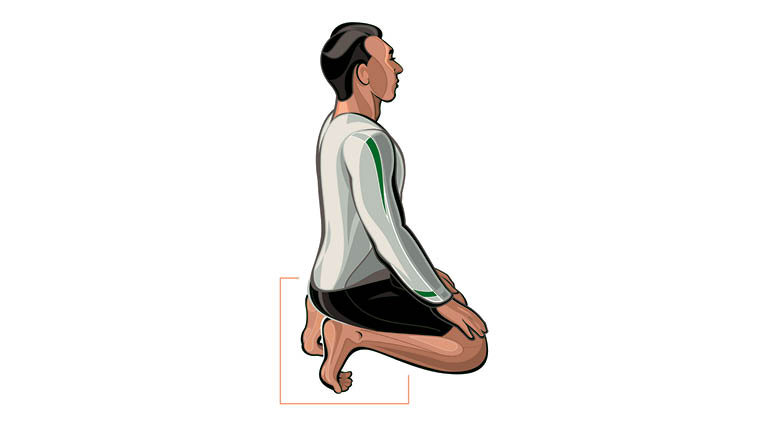
- Begin in a kneeling position.
- Tuck your toes so your foot is flexed and your weight is in the balls of your feet.
- Sit back onto your heels, thighs on your calves and shoulders stacked over your hips.
- You will feel a stretch through the bottom of your foot. To buffer the intensity of the stretch, place a towel or blanket between your thighs and calves. Try to stay upright, with shoulders relaxed, and keep breathing.
- Hold for two minutes. If two minutes straight is too much, take breaks as needed and accumulate a total of two minutes in this stretch.
Straight-Leg Calf Raise
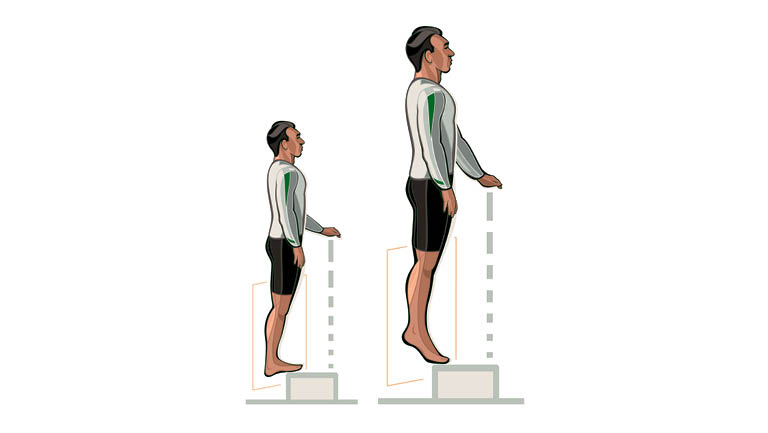
- Stand on a low step or platform, with something secure to hold onto to keep your weight directly over your heels. Position the balls of your feet on the step, with your heels hanging off.
- Keeping your legs straight and your weight over your heels, lower your heels as far as possible and actively draw your toes up toward your shins.
- Reverse the movement, pressing into the balls of your feet to extend at the ankles and raise your heels as high as possible.
- Repeat to perform 20 reps. Break them up as needed, using as few sets as possible. (For additional form tips, check out “BREAK IT DOWN: The Calf Raise“.)
Bent-Knee Calf Raise
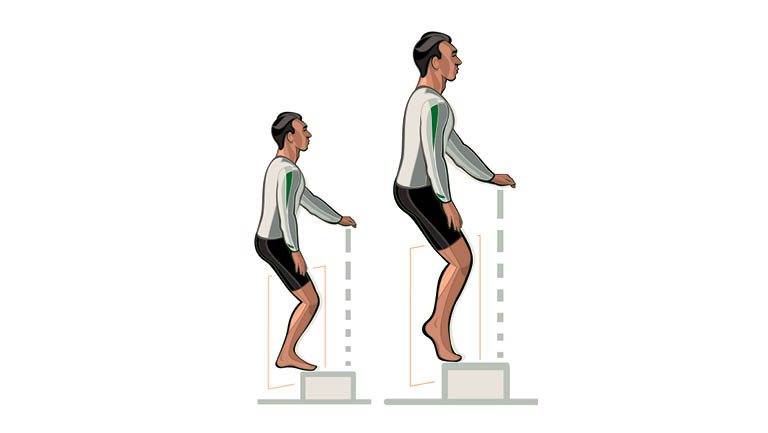
- Begin in the same starting position as the straight-leg calf raise. Bend your knees generously while still remaining upright with your weight directly over your heels.
- From this bent-knee position, holding onto something for support, lower your heels as far as possible and actively draw your toes up toward your shins.
- Maintaining the bent-knee position, press through the balls of your feet to extend at the ankles and raise your heels.
- Repeat to perform 20 reps. Break them up as needed, using as few sets as possible.
This article originally appeared as “Calf Care” in the April 2021 issue of Experience Life.


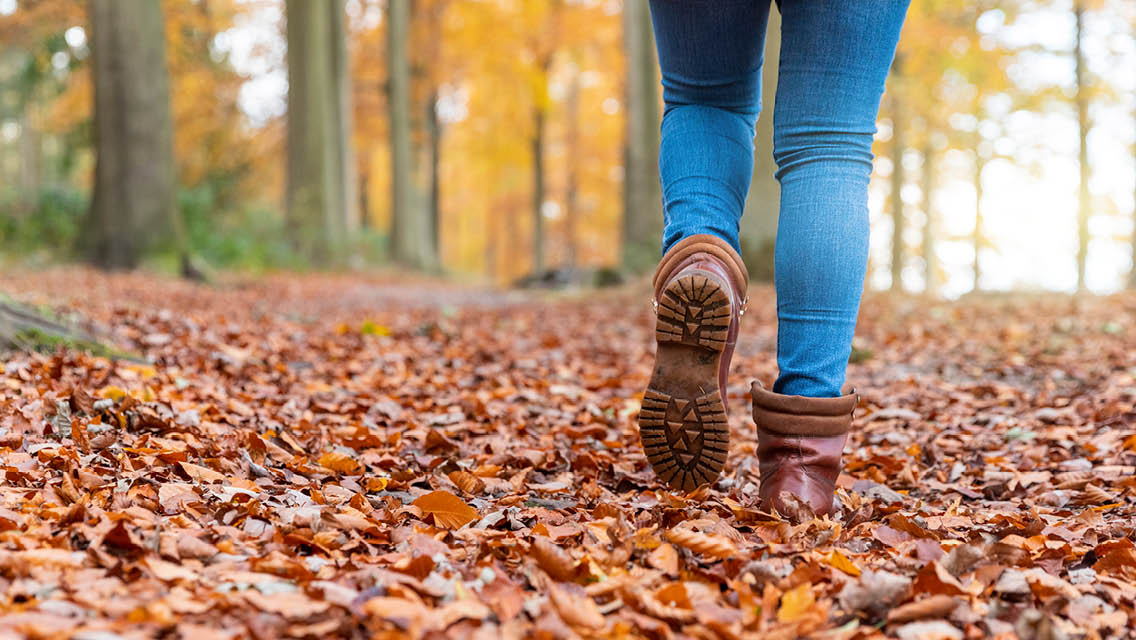
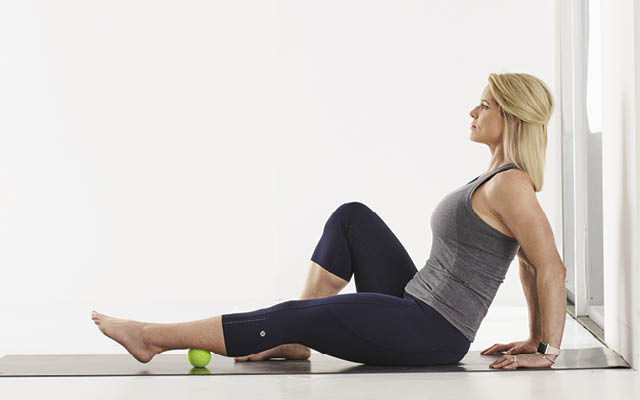
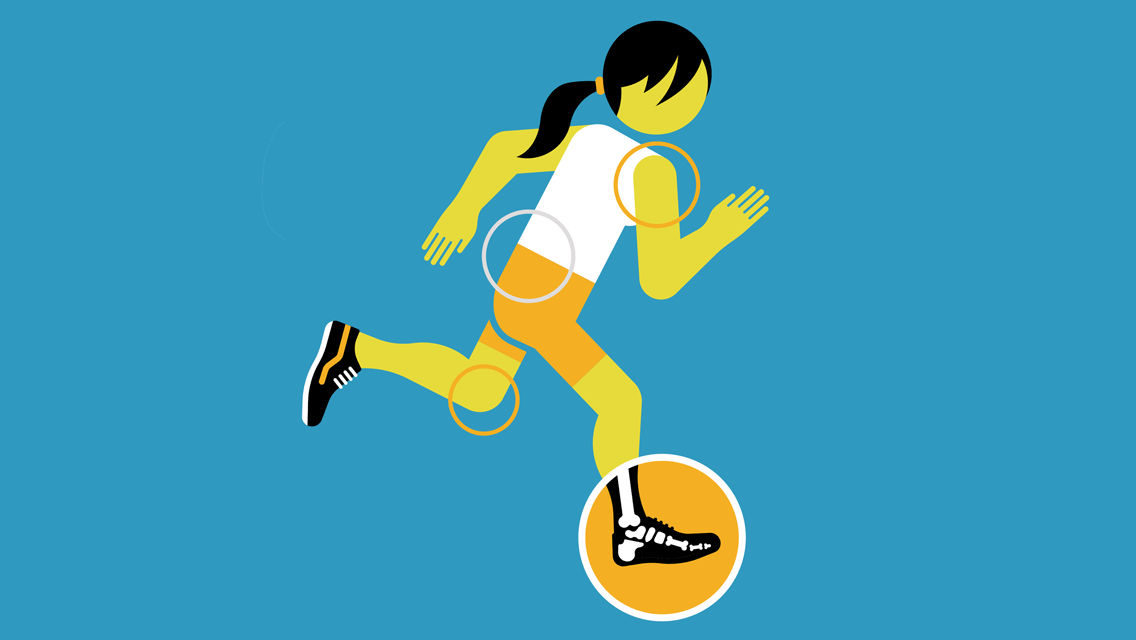
This Post Has 0 Comments